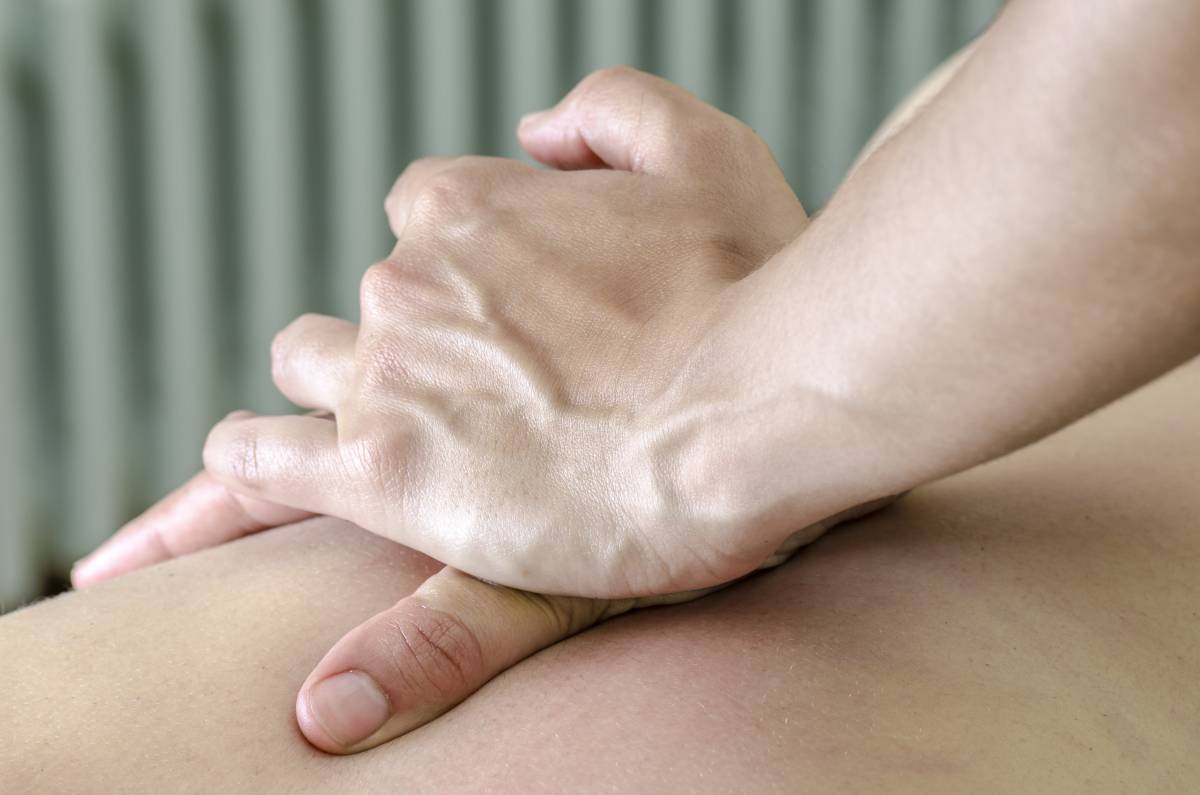Researchers find 'promising evidence' that osteopathy helps to relieve musculoskeletal pain
There may be good reasons why going to see an osteopath with a musculoskeletal (MSK) ailment is an increasingly popular option, a study published in BMJ Open today (12 April) has suggested.
All three of the paper’s three authors work in Italy, with the lead author – Donatella Bagagiolo – being based in the research department at Turin's Scuola Superiore di Osteopatia Italiana.
After conducting a systematic review, Dr Bagagiolo and her colleagues say they found ‘promising evidence’ that osteopathy may relieve the pain associated with MSK conditions. However, they uncovered little, or only inconclusive, evidence to support its use among children or for treating migraines or irritable bowel syndrome (IBS).

The aim of the study – which involved searching databases for systematic reviews and meta-analyses of relevant randomised controlled clinical trials that had been published before November 2021 – was to shed light on osteopathy’s safety and effectiveness.
Dr Bagagiolo and her colleagues, who focused solely on trials carried out by doctors with osteopathic training or by osteopaths, found nine systematic reviews or meta-analyses that had been conducted from 2013 to 2020, involving 55 primary trials and 3,740 participants.
The systematic reviews reported on the use of osteopathy in conditions such as:
acute and chronic non-specific low back pain (LBP)
chronic non-specific neck pain
chronic non-cancer pain
primary headache
IBS
No serious side effects reported
According to the results of pooled data analyses, osteopathy is more effective than other approaches in reducing pain and improving physical function in acute/chronic non-specific lower back and neck pain and in chronic pain not associated with cancer.
The other comparative approaches included dummy treatment (placebo), sham osteopathy, light touch therapy, no treatment, waiting list, conventional treatment, physiotherapy or other forms of complementary medicine.
Evidence supporting the use of osteopathy for use in children with conditions such as attention deficit hyperactivity disorder, asthma and infantile colic – and the treatment of migraine and IBS – was limited or inconclusive. Factors included small sample sizes, contradictory finding and wide variations in study design, the researchers say.
They could find no reports of serious side effects associated with the therapy in the seven systematic reviews that evaluated them, although only two defined how these were measured.
Our overview highlights the need to perform further well-conducted [systematic reviews] as well as clinical trials ... to confirm and extend the possible use of [osteopathy] in some conditions as well as its safety [Donatella Bagagiolo et al.]
Conclusion
Dr Bagagiolo and her colleagues suggest that osteopathy could be effective in managing MSK disorders, specifically in cases of chronic, non-specific LBP and LBP in pregnant women or those who have just had a baby.
‘In contrast, inconclusive evidence was derived from [systematic reviews] analysing osteopathy efficacy on paediatric conditions, primary headache, and IBS, they add.
‘Nevertheless, based on the low number of studies, some of which are of moderate quality, our overview highlights the need to perform further well-conducted [systematic reviews] as well as clinical trials (which have to follow the specific guidelines for non-pharmacological treatments) to confirm and extend the possible use of [osteopathy] in some conditions as well as its safety,' the BMJ Open article concludes.
Factfile on osteopathy
osteopathy was first developed in the late 1800s in the US
the approach is based on the principle that the structure (anatomy) and function (physiology) of a person’s body are intertwined
practitioners aim to repair imbalances in this relationship
in common with other forms of complementary medicine, osteopathy has grown in popularity over the past decade (particularly for the treatment of MSK disorders)
To read the full version of the article, titled Efficacy and safety of osteopathic manipulative treatment: an overview of systematic reviews, visit: https://bmjopen.bmj.com/lookup/doi/10.1136//bmjopen-2021-053468
Author: Ian A McMillanShare it with














